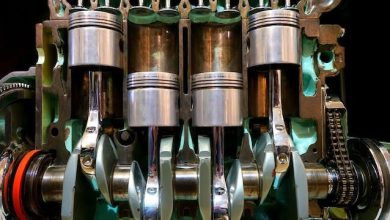Metals, Nonmetals and Metalloids

The elements are classified in the Periodic Table in a variety of ways. The s-, p-, d-, and f-block elements are already known. Metals and nonmetals are other significant groups of elements that will be discussed in this article. The classification is primarily based on chemical features that are shared by all divisions. We’ll also discuss the metalloids, which are the third category of elements.
Metals are the elements to the left of the periodic table. Semimetals are elements that have properties of both metals and nonmetals and are found just to the right of the periodic table. For more details, you can refer to the BYJU’S question forum. All of your academic questions can be asked and addressed here. In this article, we will be discussing the three classifications mentioned above.
Table of Contents
Metals
According to chemistry, metal is an element that rapidly generates positive ions (cations) and possesses metallic bonding. They have a tendency for losing electrons. Metals are occasionally described as a lattice of positive ions surrounded by a cloud of delocalized electrons, despite the fact that the traditional description focuses on their bulk properties.
Properties of metals
- At room temperature, it is usually solid (mercury is an exception)
- Lustre in nature(shiny)
- The look is metallic.
- Heat and electricity conductors of high quality
- Adaptable (can be bent and pounded into thin sheets)
- Ductile iron (can be drawn into wire)
- In the air and ocean, they corrode or oxidise.
- Typically, dense (exceptions include lithium, potassium, and sodium)
- It’s possible that it has an extremely high melting point.
- Electrons are easily lost.
Non-metals
Non-metals are elements that either lack or have properties that are diametrically opposed to those of metals. They frequently have weak thermal and electrical conductivities, and they are brittle and lack the malleability and ductility of other materials. At standard temperature, the majority of elemental non-metals are gaseous, whereas others are solids.
Properties of non-metals
- They are located on the Periodic Table’s right side.
- The majority of non-metals are brittle, malleable, and ductile.
- At room temperature, they are usually solids or gases.
- Their boiling and melting points are usually low (except carbon and boron).
- They are poor heat and electrical conductors.
- When compared to metals, they are frequently less dense.
- During chemical processes, they tend to gain electrons.
Metalloids
This category of elements has qualities that are halfway between metals and nonmetals. Metalloids are closer to non-metals in terms of physical properties, but many of them can be induced to conduct electricity under certain conditions, contrary to predictions. Boron, silicon, and arsenic are a few examples, and they have certain metal-like features as well as some non-metallic ones.
- It appears as dull or shining.
- Heat and electricity are usually conducted well, though not as well as metals.
- Frequently, good semiconductors are produced.
- They are unique in shapes and sizes.
- Ductile
- Malleable
- In reactions, electrons may be gained or lost.
Summary
- Metals are usually lustrous, malleable, and rigid. Metals are also excellent electrical conductors. Gold, silver, iron, uranium, and zinc are examples of metals.
- Non-metals are often fragile and difficult to mould into desired shapes. Hydrogen and carbon are examples of non-metal elements.
- Metalloids, also known as semimetals, have properties that are similar to both metals and nonmetals. Metalloids are semiconductors, which means they can both conduct and insulate electricity.




